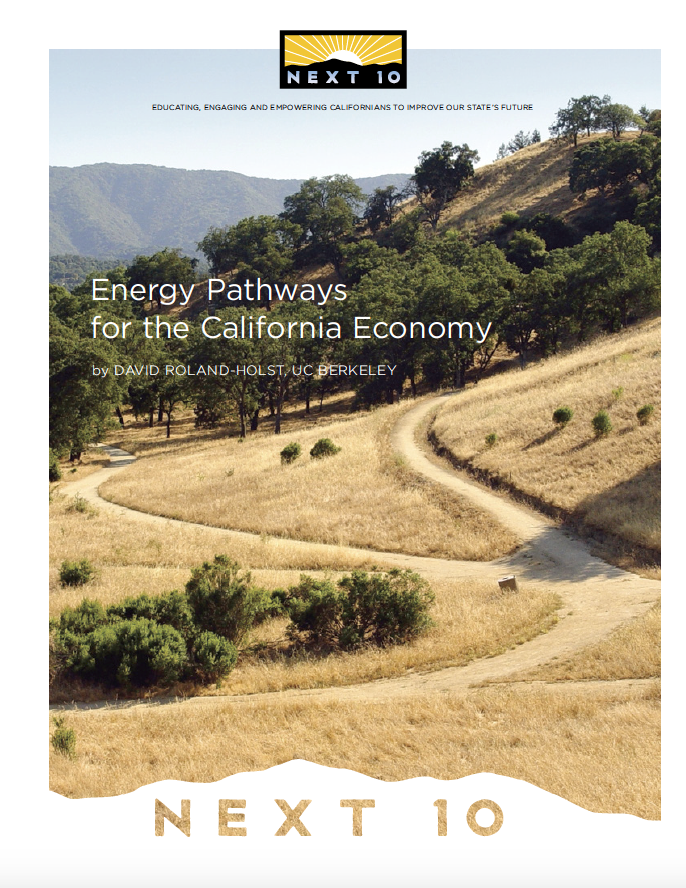Publications
Energy Pathways for the California Economy
Over the last four years, California has taken unprecedented initiative to cap and reduce greenhouse gas emissions. Now, as the state moves to implement the AB 32 Climate Change Scoping Plan, the world is in the grips of a global financial crisis, and Californians face an unprecedented multibillion-dollar state budget deficit. The short- and long-term implications of this state fiscal situation are daunting–some predict a dramatic exodus of businesses, loss of jobs and erosion of academic prowess.
Within this context, Energy Pathways for the California Economy evaluates the state’s projected energy demand and supply horizons, and the economic impact of accelerating deployment of renewable energy resources and energy efficiency trends in California. The report shows that the faster and farther California can improve household and enterprise energy efficiency, while accelerating deployment of renewable energy resources, the faster the state economy will grow and create jobs.
The report finds that relying on renewable sources for 50 percent of California's electric power, combined with increasing energy efficiency by 1.5 percent a year, will generate half of a million new jobs with over $100 billion in cumulative payrolls over the next 40 years.
- A dollar saved on traditional energy is a dollar earned by 10-100 times as many new workers.
- Renewable energy generation is more job-intensive than the traditional carbon fuel supply chain, captures more benefits within the state economy, and reduces our vulnerability to uncertain global energy markets.
- From electricity to transportation, projecting status quo demand and supply horizons portends ever greater reliance on out-of-state fuel sources, and therefore greater exposure to fuel price volatility.
- Five alternative forecasting scenario shows that the faster and farther California can improve household and enterprise energy efficiency, while accelerating deployment of renewable energy resources, the faster the state economy will grow and create jobs. The most ambitious scenario (50 percent renewable energy; 1.5 percent annual efficiency increases) produces the largest number of additional jobs and income -- generating half a million new FTE jobs with over $100 billion in cumulative payrolls over 40 years.
- Employment creation outweighs employment reduction in every scenario
- Over the time period considered (2008-2050), the clean energy industry increases in-state employment to about half of the size of California's biotech sector, but up to twice as many additional jobs are created in upstream and downstream sectors.
- Compared to renewable deployment alone (RPS 50), integrating energy efficiency measures increases statewide job benefits almost tenfold.
- Renewable energy generates jobs with relatively high wages and obvious new technology appeal. Even when a significant portion of green tech manufacturing is outsourced (25% of value is assumed), California still captures significant employment and payroll benefits from greater renewable deployment.
- Household energy efficiency savings translate, via expenditure shifting, into even greater income growth for consumer sectors, including more diverse, bedrock, in-state employment in food, services, etc. These are jobs that cannot be outsourced.
